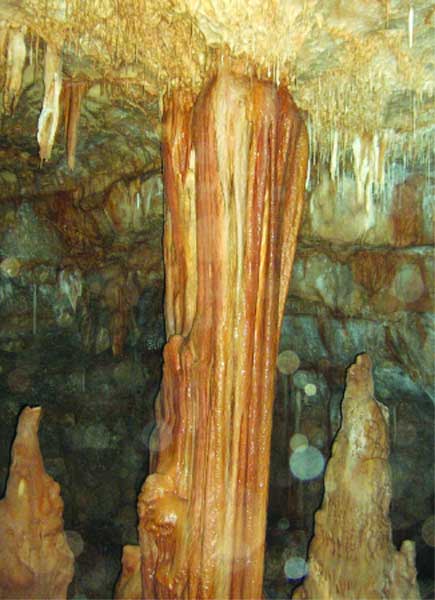Strata: Hidden Galilee Cave Yields Wealth of Prehistoric Remains

A recently discovered cave in the western Galilee provides dramatic new insights into the prehistoric landscape and environment of northern Israel. The massive stalactite cave, which was unexpectedly breached during the construction of a sewage line earlier this year, contains archaeological material and animal remains dating back to the Upper Paleolithic period (40,000–20,000 B.P. [Before Present] ), if not earlier.
Archaeologists from the Israel Antiquities Authority (IAA) have only just begun to explore the interior of the multichambered cave complex and say that only further scientific study will determine more precisely when humans first occupied the site. So far, archaeologists have found scores of flint tools inside the cave, as well as the remains of several animals that are no longer found in the Galilean landscape, including red deer, bear and buffalo.
The head of the IAA Galilee cave project, Dr. Ofer Marder, estimates the cave’s dimensions to be approximately 90 feet long, 90 feet wide and 60 feet high. (The cave has not yet been measured.) The IAA calls it one of the most significant prehistoric sites discovered in Israel during the past 50 years. They anticipate that future investigations at the site will reveal a great deal about the environment, climate and geology of the Galilee region during the long prehistoric epochs in which the cave was occupied.—J.C.
Already a library member? Log in here.
Institution user? Log in with your IP address.

